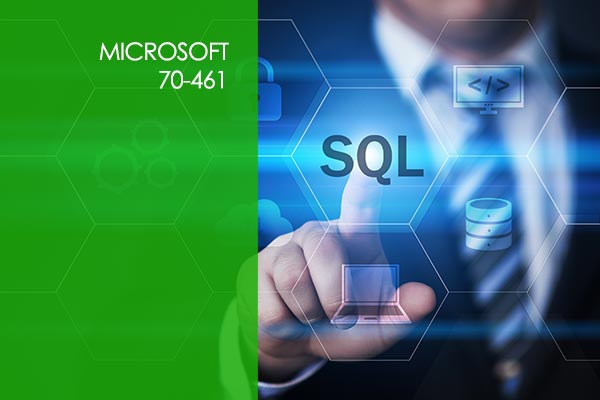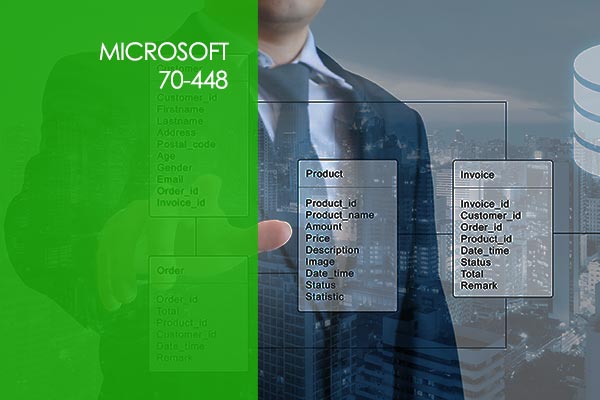Cisco 200-301 v1.1 CCNA
Module 1: CCNA 200-301 v1.1 Network Fundamentals
1.1 Intro to Networking
1.2 OSI Model
1.3 TCP-IP
1.4 Network Components
1.5 Network Topology
1.6 Copper Cable Types
1.7 Fiber Optic Cable Types
Module 2: CCNA 200-301 v1.1 Network Device Management
2.1 Connecting to a Cisco Device
2.1.1 ACTIVITY – Intro to Packet Tracer
2.2 Basic Cisco Commands
2.2.1 ACTIVITY – Navigating the CLI
2.3 Configuring for Connectivity
2.3.1 ACTIVITY – Configuring a Router Interface
2.3.2 ACTIVITY – Making a Remote Telnet Connection
2.3.3 ACT – Making a Remote SSH Connection
2.4 Neighbor Discovery
2.4.1 ACT – Discovering Neighbors
2.5 Basic Troubleshooting
2.6 Review
Module 3: CCNA 200-301 v1.1 Switching
3.1 Ethernet Basics
3.2 Switching Overview
3.2.1 ACTIVITY – Setting Up a Simple Switched Network
3.3 Spanning-Tree Protocol
3.4 Rapid PVST+
3.5 VLANs
3.6 VLAN Trunking Protocol
3.6.1 ACTIVITY – Creating Trunk Links
3.7 VLAN Trunking Protocol (VTP)
3.8 VLAN Routing
3.8.1 ACTIVITY – Configuring the VLAN 1 Interface on a Switch
3.8.2 ACTIVITY – Routing Between VLANs
3.9 Switchport Configuration
3.9.1 ACTIVITY – Configuring Voice and Data VLANs
3.10 EtherChannel
3.10.1 ACTIVITY – Bundling Links into an EtherChannel
3.11 Review
Module 4: CCNA 200-301 v1.1 Internet Protocol (IP)
4.1 IPv4 Basics
4.2 IP Packet and Interface Types
4.3 Binary Numbering System
4.4 Classful and Classless Addressing
4.5 IPv4 Subnetting
4.5.1 ACTIVITY – Moving the Subnet Mask
4.6 Subnetting in Other Octets
4.6.1 ACTIVITY – Subnetting
4.6.2 ACTIVITY – Subnetting by Host Requirements
4.6.3 ACTIVITY – Grouping Hosts into Subnets
4.7 Supernetting
4.7.1 ACTIVITY – Supernetting
4.8 IPv6
4.9 Review
Module 5: CCNA 200-301 v1.1 Routing
5.1 Introducing the Route
5.2 Routing Basics
5.3 Packet Delivery on the Same Network
5.4 IP Routing Across a Single Router
5.4.1 ACTIVITY – Configuring Basic Routing
5.5 IP Routing Across Multiple Routers
5.5.1 ACTIVITY – Configuring IPv4 Static Routes
5.5.2 ACTIVITY – Adding Special Static Routes
5.6 Routing Protocols Overview
5.7 Route Selection
5.8 Open Shortest Path First (OSPF)
5.8.1 ACTIVITY – Deploying Single Area OSPF
5.9 First Hop Redundancy Protocol (FHRP)
5.10 Network Address Translation (NAT)
5.10.1 ACTIVITY – Implementing Static NAT
5.10.2 ACTIVITY – Using a NAT Pool
5.10.3 ACTIVITY – Configuring PAT
5.11 Review
Module 6: CCNA 200-301 v1.1 IP Services
6.1 Remote Control
6.2 File Transfer
6.3 Monitoring
6.4 Infrastructure
6.4.1 ACTIVITY – Implementing a DHCP Relay
6.5 Quality of Service
6.6 Review
Module 7: CCNA 200-301 v1.1 Wireless
7.1 Wi-Fi Principles
7.2 Cisco Wireless Architectures
7.3 WLC Configuration
7.3.1 ACT – Configuring a WLAN
7.4 Review
Module 8: CCNA 200-301 v1.1 Security Fundamentals
8.1 Intro to Security
8.2 Local Device Access Control
8.3 Protecting Privileged EXEC Mode
8.4 Password Management
8.5 Local User
8.6 Password Recovery
8.6.1 ACTIVITY – Password Recovery
8.7 Remote Access
8.8 Access Control List (ACL)
8.8.1 ACTIVITY – Deploying a Standard ACL
8.8.2 ACTIVITY – Deploying an Extended ACL
8.9 DHCP Snooping
8.10 Dynamic ARP Inspection (DAI)
8.11 Layer 2 Port Security
8.11.1 ACTIVITY – Securing Layer 2 Ports
8.12 Authentication, Authorization and Accounting (AAA)
8.13 Wireless Security
8.14 Review
Module 9: CCNA 200-301 v1.1 Automation and Programmability
9.1 Network Automation Overview
9.2 Software Defined Networks
9.3 JSON
9.4 REST APIs
9.5 Management Mechanisms
9.6 AI in Network Operations
9.7 Review
There are no items in the curriculum yet.








